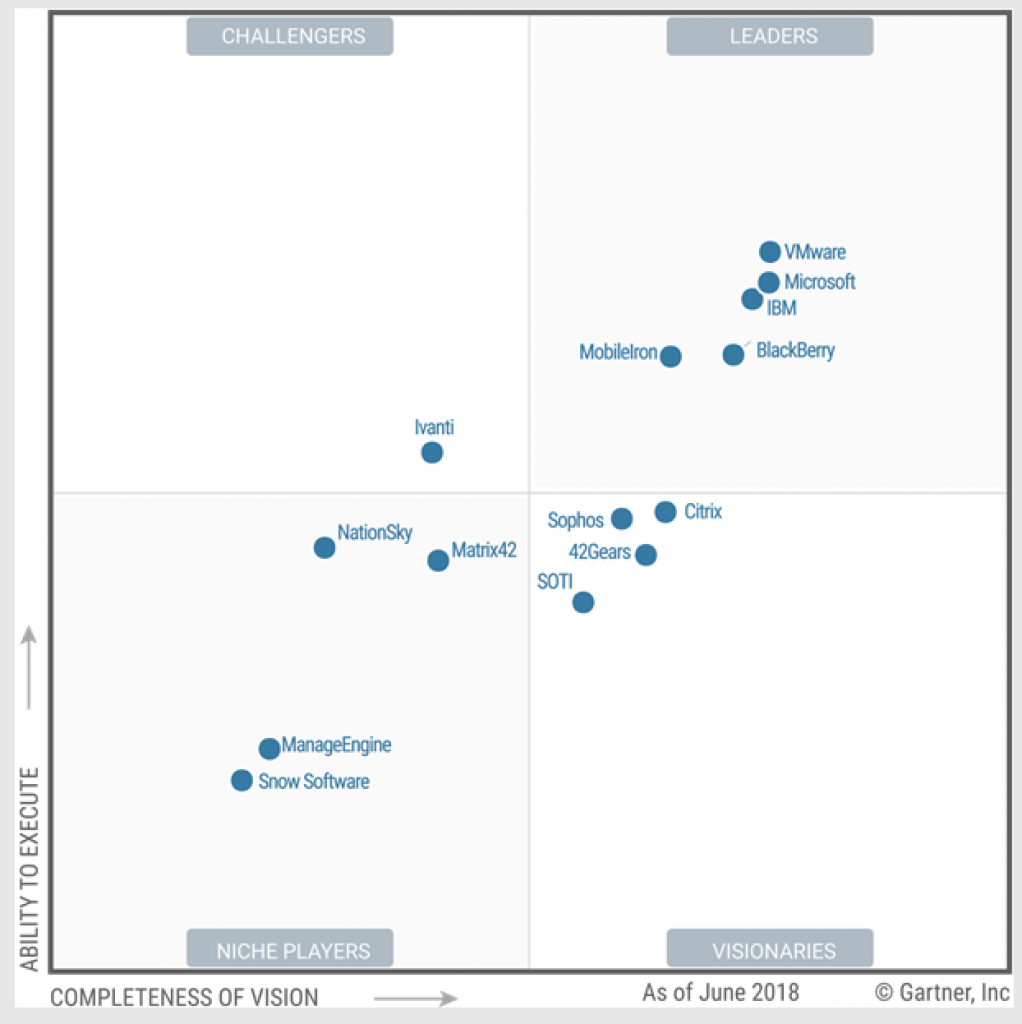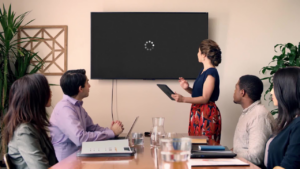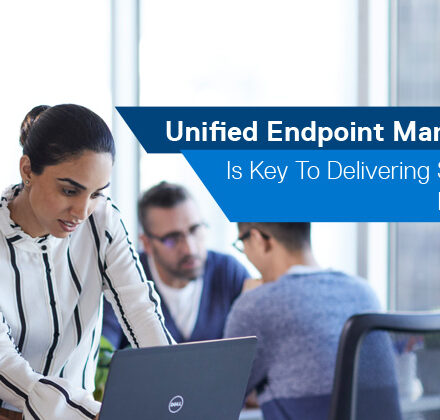Wherever your organization is in its digital workforce transformation journey, the demands of IT users today are the same: they want access to your latest applications, data and resources from any device, anytime, anywhere. And, of course, we in IT are required to provide these services securely.

To deliver this IT-everywhere model, you need to bring all your devices—including mobile (iOS and Android), Windows 10 devices, etc.—under a single management system via unified endpoint management (UEM).
It is a lot of work, including changes to organization, processes and technology which require setting priorities, working through migration and testing processes—eating the elephant one bite at a time, you might say. But it is necessary in order to become a true digital organization able to attract and keep the talent you need to stay competitive in today’s digital world.
At Dell Technologies, we have begun rolling out Dell Technologies Unified Workspace (DTUW), a groundbreaking solution that will let us provide that single, consistent experience to our users on any device as well as gaining efficiencies, cost savings and security advantages.
While we still have a way to go to complete our workforce transformation, here are some insights on what we have accomplished so far and where we are headed in the next 12 months.
Picking a Platform and Setting Priorities
There are several players in the unified endpoint management segment you can consider in choosing a UEM platform. We chose VMware Workspace ONE as the core technology for our DTUW because we believe it is the leader in the market—and Gartner agrees.
VMware, a member of Dell Technologies, was named a leader in the August 2019 Gartner Magic Quadrant for Unified Endpoint Management, positioned highest in ability to execute and furthest in completeness of a product solution.

Once you choose a platform, consider where you are on your workforce transformation journey and what your top priorities are in pursuing unified endpoint management. Where will you get the most value in migrating to UEM? It is important to map out a logical approach and not try to do everything at the same time.
For us, standardizing our mobile device management (MDM) was a top priority. As Dell merged with EMC Corporation nearly three years ago, we found ourselves with two different MDM systems and as we worked to ensure a standard and consistent experience for all team members, we needed to get to one platform. We also prioritized being able to publish our Software-as-a-Service (SaaS) applications across all managed devices to start to deliver the singular user experience at the heart of the modern digital experience.
Getting to UEM will take time. Transitioning for example from Microsoft’s software management suite, System Center Configuration Manager (SCCM), as we are, isn’t like flipping a light switch, particularly when you are dealing with some 180,000 devices.
This process includes a phased testing and transition of functionality from SCCM to Workspace ONE. We plan on running our environment in dual mode for a period as we complete the full transition.
Delivering the Best to Our Users
In deploying Workspace ONE, we are optimizing our ability to manage all devices such that we can deliver the best experience to our team members and the biggest value to our company. It will allow us to:
 Bring our mobile and client devices into one management framework, which is what our users are looking for. They do not differentiate between their experience on their mobile phone vs. their client devices. Traditionally and even today in IT we fragment that from a service model. This will allow us to unify the service model (organization) and the delivery model (catalogue).
Bring our mobile and client devices into one management framework, which is what our users are looking for. They do not differentiate between their experience on their mobile phone vs. their client devices. Traditionally and even today in IT we fragment that from a service model. This will allow us to unify the service model (organization) and the delivery model (catalogue).- Consistently publish applications to those devices and manage those devices from a single point—unifying the experience for users and standardizing our management cadence.
- Manage the device beyond our network which is critical in a modern environment. We will not have to wait for devices to come on our network through VPN or physically onto our campus to allow us to patch them and keep them updated and secure. The ability to manage the security profile beyond our network is a huge win.
- Modernize and streamline what has been a legacy multi-touch, multi-week process of provisioning and delivering client devices. We are moving to a systemic automated process of delivering factory-direct to our team members with an out-of-box experience providing all of the apps they require. It will execute a network-based domain, join and allow them to be productive in minutes rather than hours or days. This will eliminate manual provisioning work, inventory requirements and allow us to reposition staff in higher-value roles providing better support to our team members.
Stay Tuned for What We Learn
We expect to complete our migration and have everything fully managed on Workspace ONE in the next three quarters. We began rolling out DTUW Workspace ONE unified endpoint management across our organization shortly after launching this new product at Dell Technologies World in May—part of our practice of drinking our own champagne at Dell i.e. being an early adopter in using our own cutting-edge technology.
As we gain user insights and continue our workforce transformation journey, we will share our progress and any lessons learned in future blogs on this site.


